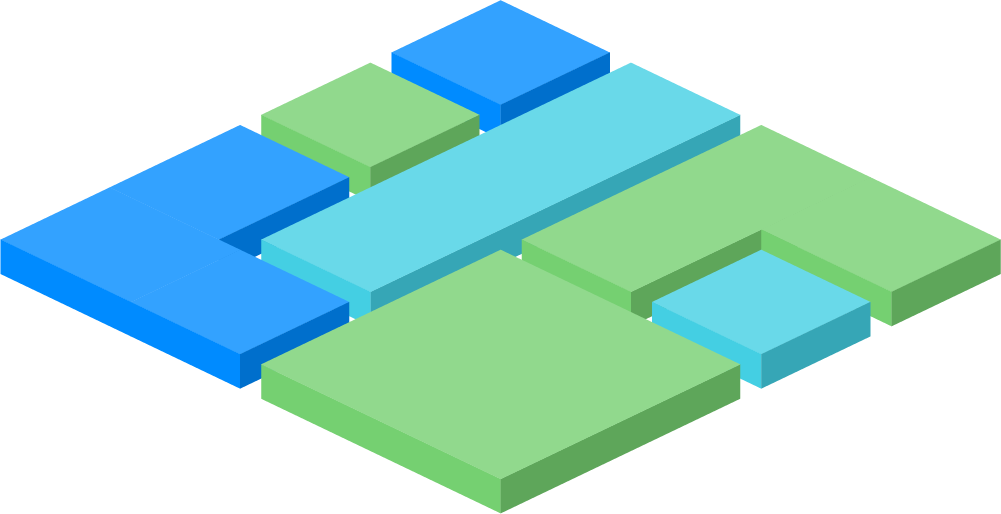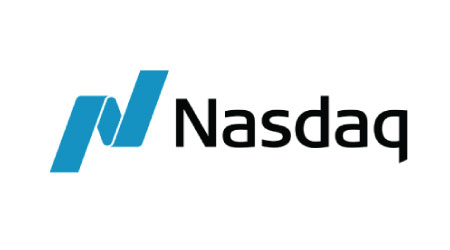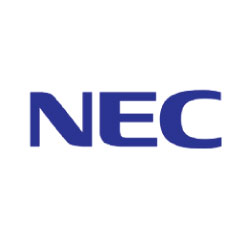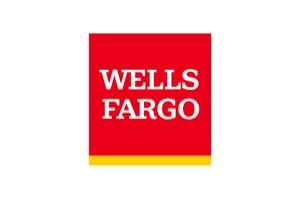Platforms Enable the Future
Platforms are important because they are synergistic with applications: new platforms enable new classes of applications, and new classes of applications often require the creation of new platforms. Many of the greatest revolutions in computing over the last 50 years were triggered by the development of new platforms and their associated applications.

Example Platforms
& the Applications they Enabled
- Relational databases enabled enterprise applications.
- The World-Wide Web enabled search, e-commerce, and social networks.
- MapReduce enabled BigData applications.
- Graphical Processing Units (GPUs) enabled image generation, animation, and machine learning.

Platforms Come In a Variety of Shapes & Sizes
For example, remote procedure call libraries such as gRPC are smaller platforms that make it easy to communicate between processes running on different machines. They have been essential in enabling large-scale datacenter applications.
For example, remote procedure call libraries such as gRPC are smaller platforms that make it easy to communicate between processes running on different machines. They have been essential in enabling large-scale datacenter applications.
Our Mission Is to Develop New Platforms for the Future
By doing this, we hope to enable new kinds of applications that simply aren’t feasible today. We work on a variety of platforms, large and small, hardware and software. Most of our work is in the areas of networking, systems software, and datacenters.
The Faculty of the Stanford Platform Lab Have a Long & Distinguished History of Developing Influential New Platforms
Here are a few examples of past work by the Stanford Platform Lab faculty. Although we cannot predict what new platforms will be coming out of the Platform Lab in the future, we believe they are likely to be as significant as the ones below:

How We Work
The Stanford Platform Lab consists of about 10 Stanford faculty working in a variety of areas in Computer Science and Electrical Engineering, along with dozens of PhD students and other researchers. At any given time we typically have a few overall themes that cover much of our active work, along with a variety of smaller projects.
- All of our work is open.
- We enjoy collaboration, especially with industrial partners.
- We don’t just do interesting research; we also build practical systems that can impact the actual practice of computing and networking.
















